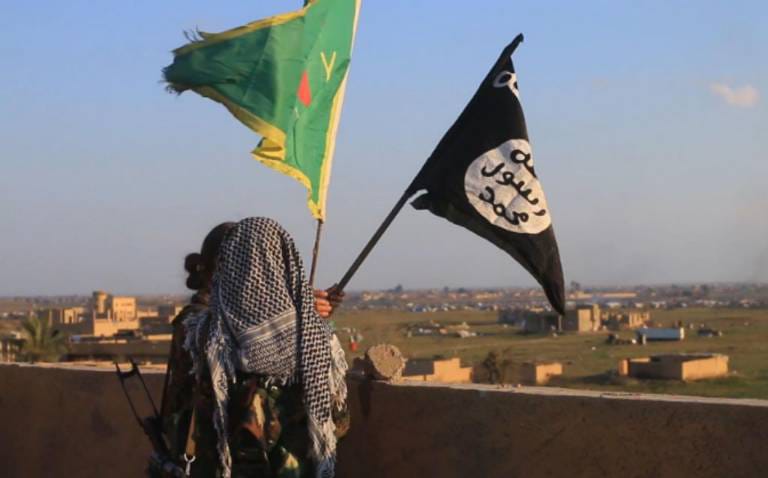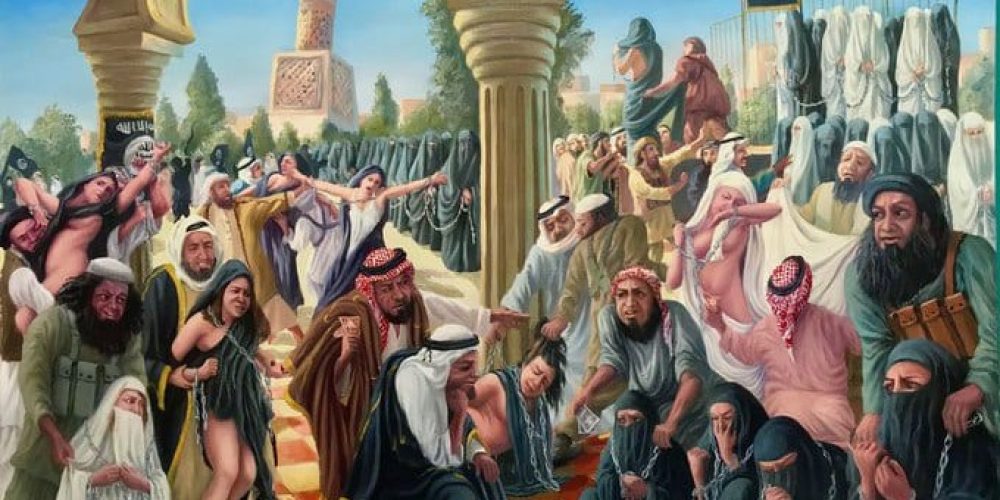The foundation, spread and fall of the ‘caliphate’
As YPJ we made great sacrifices in protecting the whole of humanity against ISIS. After years of fighting we – the fighters of YPJ/YPG and SDF – liberated the territories held by ISIS and defeated their so-called ‘caliphate’. Despite no longer holding major territory, ISIS’ ideology is still spreading. In order to stop ISIS, it is important to understand the organization. What kind of an organization is ISIS, what is its purpose, what is its ideology, and how can it maintain itself as a global phenomenon? In this first part of our series on ISIS we want to give a brief overview on the foundation and development of the organization. In the second part we will take a closer look at how ISIS uses Jihad as a legitimization for its barbarism and violence.
1. ISIS – deceiving Muslims by promising a global Islamic Empire
2. Early origins and predecessor organizations
3. Expansion to Syria
4. Declaration of the caliphate
5. Turkey’s usage of ISIS against the Rojava Revolution
6. Kobane became the graveyard of ISIS
7. ISIS leadership after the defeat of the caliphate
8. ISIS’ attempt of becoming a state
9. Brutal violence and misogyny as methods of domination
10. ISIS – a worldwide threat to humanity
11. The threat of ISIS remains
12. Only weapons can not defeat ISIS
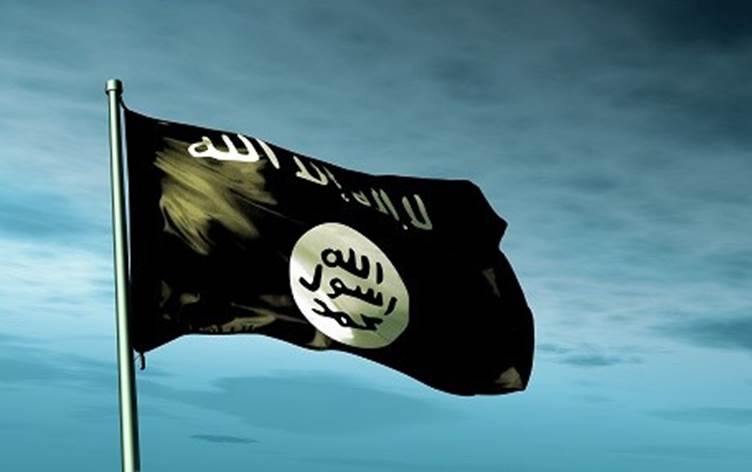
ISIS – deceiving Muslims by promising a global Islamic Empire
The Islamic State of Iraq and Syria (ISIS), also known as the Islamic State of Iraq and the Levant (ISIL) or by its Arabic acronym Daesh (from al-Dawla al-Islamiya fil Iraq wa al-Sham), is an armed organization following Salafi jihadist ideology. Salafism is a political ideology that seeks to establish an extreme authoritarian, man-centered and misogynist system for society. It is an ideology based on domination and patriarchy that misuses religion as legitimization for oppression. Salafists regard themselves as Sunni Muslims claiming to “purify” Islam from influences that they see as counter to the religion. According to them, only the things that they claim the Prophet Muhammad condoned by himself and upheld until the ninth century by his first three generations of Sunni followers are true to the Islamic faith. Salafists view themselves as the only authentic Muslims, and anybody outside of their interpretation is excluded from the true Islamic faith.
ISIS claims that it aims to revive an Islamic caliphate in a way it was during the time of the Prophet Muhammad. According to their ideology, the caliphate should be governed by an extremely brutal interpretation of Sharia law. As a way of reaching this aim the organization is using extreme forms of violence and states jihad is the only method to achieve their goal. ISIS filled the meaning of jihad with barbaric forms of warfare, including the killing of ‘infidels’ and ‘apostates’ – people of other religions or even Muslims that oppose their ideology. Originating in Iraq and Syria, the organization aims to spread across the globe, and established itself in countries such as Saudi Arabia, Yemen, Egypt, Libya, Somalia, Nigeria, Mali, Burkina Faso, the Caucasus, Iran, Afghanistan, Pakistan, Central, East and South East Asia.
Early origins and predecessor organizations
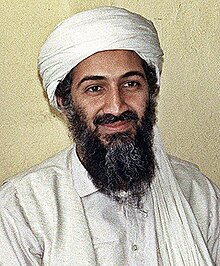
The origins of groups that would influence the foundation of ISIS can be traced back to the Soviet War in Afghanistan in 1979. To counter the Soviets in Afghanistan, the CIA funded and trained Islamist fighters, the so-called Mujahideen. Saudi born Osama bin Laden (1957 – 2011) joined these Mujahideen and founded the al-Qaeda organization in 1988. One of the fighters who engaged in combating the Soviets was Jordanian born Abu Musab al-Zarqawi (1966 – 2006). In the late 1990s and early 2000s, he founded the main ISIS predecessor group Jama’at al-Tawhid wal-Jihad (Group of Monotheism and Jihad). Following the US invasion of Iraq in 2003, the group was fighting against U.S. forces and their Iraqi allies. Al-Zarqawi swore loyalty to al-Qaeda and changed the name of his group into Tanzim Qaidat al-Jihad fi Bilad al-Rafidayn (Organization of Jihad’s Base in Mesopotamia) in 2004. The group would come to commonly be known as al-Qaeda in Iraq.
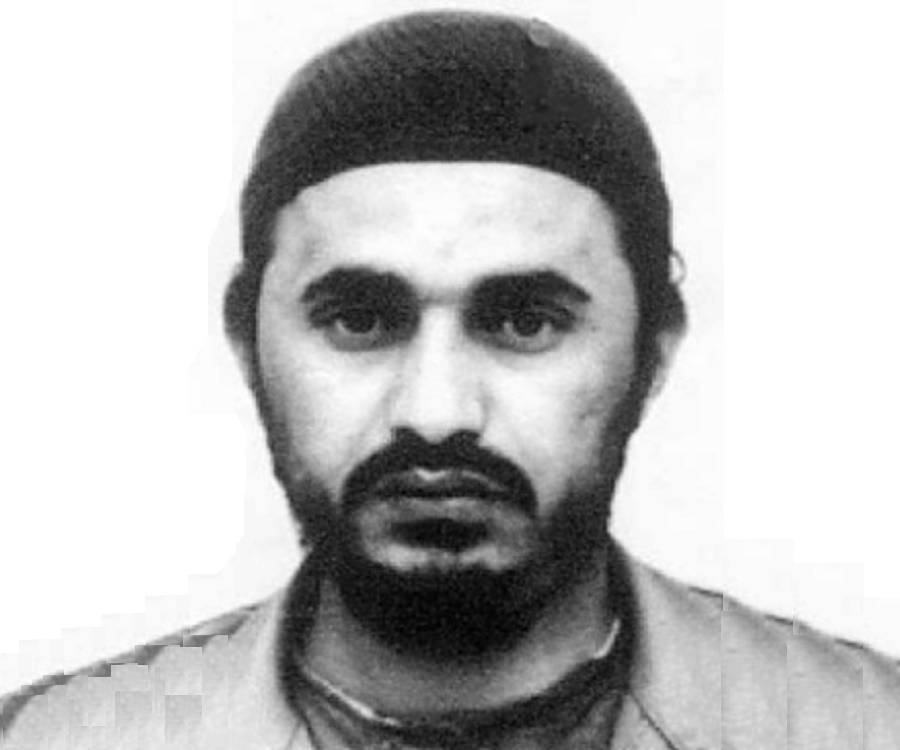
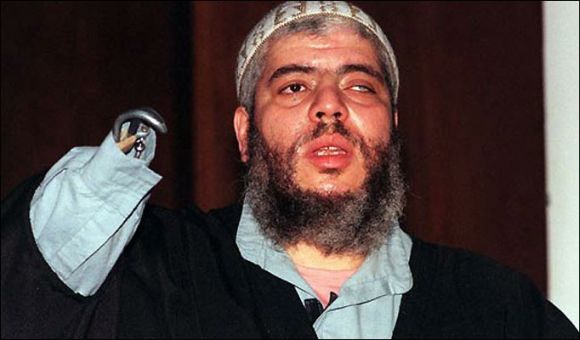
In order to unite different Sunni Islamist groups the umbrella organization Mujahideen Shura Council was announced in January 2006, with al-Qaeda in Iraq the most meaningful internal force. This alliance carried out further armed actions against U.S. forces and the Iraqi government. In June 2006, al-Zarqawi was killed in a bombing by U.S. forces. Five days later, al-Qaeda in Iraq announced his successor: Egyptian born Abu Ayyub al-Masri, who is also known as Abu Hemze al-Muhajir (1967 – 2010). In October 2006, al-Masri announced that the Mujahideen Shura Council would merge into the Islamic State of Iraq, with Iraqi born Abu Omar al-Baghdadi (1959 – 2010) as its leader. The aim of the Islamic State of Iraq was to create an Islamic State in majority Sunni Arab areas in Iraq. On April 18 in 2010, Abu Omar al-Baghdadi and Abu Ayyub al-Masri were killed in a joint U.S. and Iraq state special operation on one of their safe-houses close to Tikrit. After their death, Iraqi born Abu Bakr al-Baghdadi (1971-2019) became the new head of the Islamic State of Iraq.
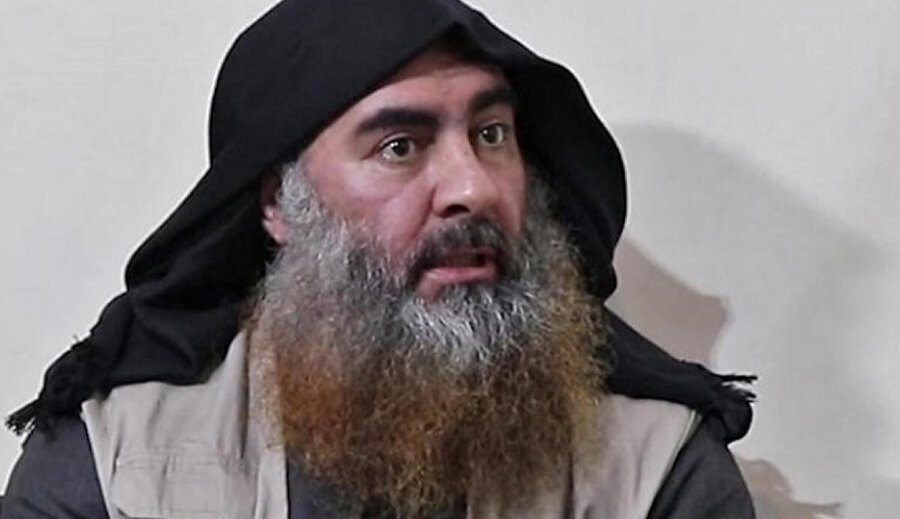
Expansion to Syria
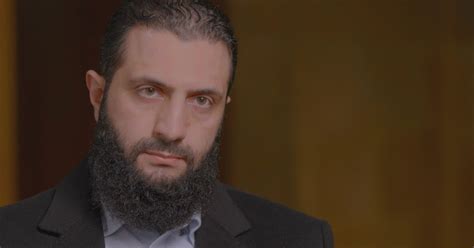
At time in Syria, in 2011, protests in the name of the people’s revolution erupted with the intention to overthrow the Ba’ath regime. The uprisings soon turned into a civil war. In late 2011, al-Baghdadi started to send experienced fighters to Syria with the aim to build up an organization. One of the men al-Baghdadi sent to Syria was Abu Muhammad al-Julani. In January 2012, he would become the ‘general emir’ of the newly formed al-Nusra Front, also known as al-Qaeda in Syria.
In April 2013 Abu Bakr al-Baghdadi declared the merging of the Islamic State of Iraq with the al-Nusra Front, forming the Islamic State of Iraq and Syria (ISIS). However, al-Julani rejected the alliance and declared that he would continue to work under the umbrella of al-Qaeda. The contradictions between al-Julani and al-Baghdadi grew and resulted in a split that also caused fighting between the two organizations. In 2013 and 2014 ISIS took control of various areas in Iraq and Syria such as Fallujah, Raqqa, Mosul and Tikrit. They gained control of important infrastructure such as dams, oil fields and border crossings between Syria and Iraq. When conquering new territories, ISIS deliberately targeted and destroyed historical sites, mosques, and monuments of pre-Islamic times, both in Iraq and Syria.
Declaration of the caliphate
On June 29 in 2014, ISIS officially announced the creation of an Islamic caliphate, with Raqqa as its capital and Abu Bakr al-Baghdadi as their caliph. The group re-branded itself as the Islamic State. This reflected their ambition to establish themselves beyond Iraq and Syria. They simultaneously demanded allegiance from Muslims worldwide. A few days later, on July 4 in 2014, Abu Bakr al-Baghdadi made his first public appearance as leader of the Islamic State at the Great Mosque of al-Nuri in Mosul. Utilizing their own media organs, the Islamic State used professionalized channels of propaganda for disseminating their ideology. Various videos showing the executions of foreign journalists, alleged spies, soldiers, aid workers and tourists were published online to spread fear.
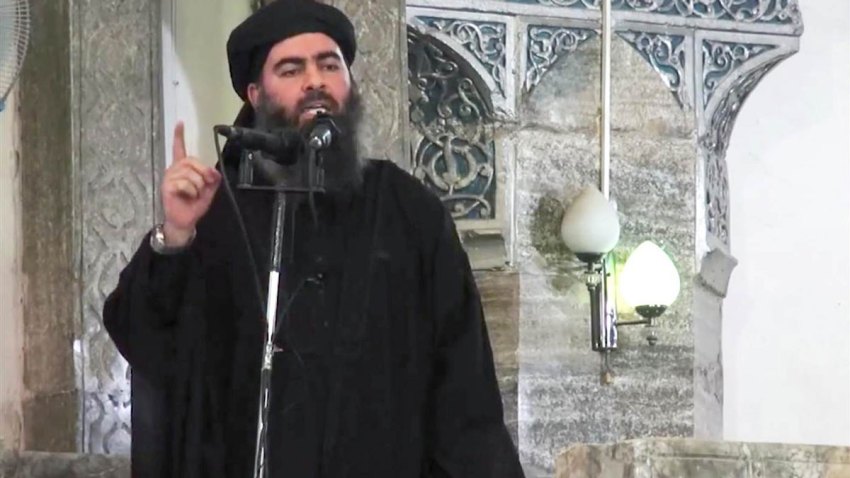
Turkey’s usage of ISIS against the Rojava Revolution
ISIS was and is funded, supported and used by various hegemonic powers. ISIS can not be understood as a regional phenomenon but is embedded in plans of international powers to shape the Middle East according to their interests. When the protests erupted in Syria in 2011, our people managed to expel the Damascus government from Rojava. On July 19th, 2012, the Rojava Revolution started and the people began to organize themselves in communes and councils, following the system of Democratic Confederalism. This concept was developed by imprisoned people’s leader Abdullah Ocalan and aims to built a equal and just society that is based on women’s liberation, direct democracy and ecology. Our revolution is organizing society beyond the system of capitalist modernity and is including all religions, ethnicities and cultures within the democratic self-administration.
Many international powers and especially Turkey reject our democratic project, the autonomy of the Kurdish people and the peaceful coexistence between the various peoples of the Middle East. This is why ISIS was strategically used as a ground force to attack the people and achievements of the Rojava Revolution. In front of the worlds’ eyes, Turkey provided support in terms of training, finance, and safe passage of members and goods. The Turkish state treated wounded ISIS fighters, let ISIS train in bases inside Turkey and let tens of thousands of foreign fighters from all around the world pass their country into Syria. The Turkish support for ISIS is hereby not a merely logistical one, but an ideological one. Without Turkey’s support ISIS would not have been able to spread their ideology around the globe.
Kobane became the graveyard of ISIS
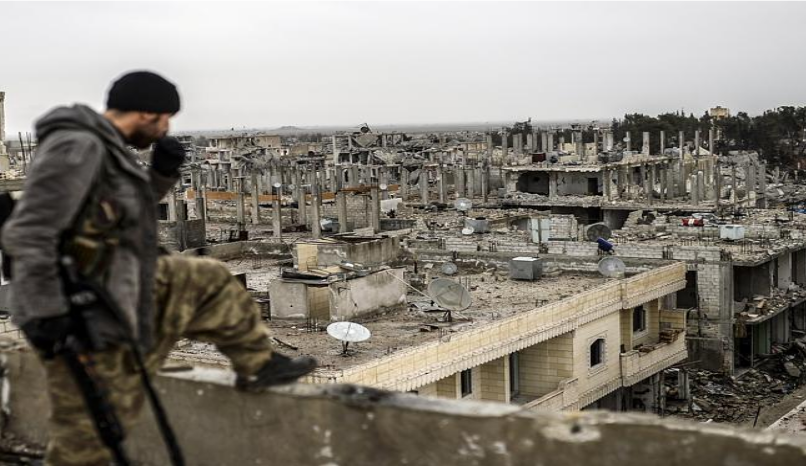
On August 3, ISIS carried out a genocide against the Yazidi people of the Shengal region in northern Iraq. Thousands were murdered, and thousands of women and children were kidnapped and sold into sexual slavery. As YPG/YPJ we jointly opened an evacuation corridor with the guerrilla units of HPG (People’s Defense Forces) and YJA-Star (Free Women’s Units), who came from the mountains in order to protect the Yazidi population. Together, we managed to evacuate 120,000 people.
In September 2014 the Islamic State advanced to Kobane, invading and besieging the city. A great resistance carried out by our YPG/YPJ fighters and the people of Kobane liberated the city from the hands of ISIS. The battle of Kobane marked the beginning of the defeat of the Islamic State. As part of the SDF, our forces participated in all the operations that liberated territories of North and East Syria from ISIS control. Liberating city after city, we were able to push them back to their last stronghold in Baghuz where we defeated them in 2019.
ISIS leadership after the defeat of the caliphate
On October 27, 2019, an airdrop operation of US special forces in cooperation with the SDF was carried out against al-Baghdadi. While surrounded, al-Baghdadi detonated an explosion, killing himself in a hide-out in the village of Barisha in Idlib, 5 km away from the border with Turkey. The area is controlled by Turkish-backed Islamist mercenary group Hay’at Tahrir al-Sham (HTS) whose leader is Abu Mohammed al-Jolani.
Some days later, on October 31, the Islamic State confirmed al-Baghdadi’s death and named his successor, Iraqi born Ibrahim al-Hashimi al-Qurayshi (1976 – 2022). On February 3, 2022, during a U.S. led counter-terrorism operation, al-Hashimi killed himself by detonating an explosive device. The place were he hid was again in a HTS controlled town of Atmah, Idlib, in northwest Syria, less than 4 km from the Turkish border. Following him, Iraqi born Abu al-Hasan al-Hashimi al-Qurashi was announced as the third caliph of the Islamic State. He was soon succeeded by Abu al-Hussein al-Husseini al-Qurashi in mid October 2022.
On August 3, 2023, ISIS announced the death of their leader Abu al-Hussein al-Husseini al-Qurashi. The group stated that he was killed by the rival group HTS. On April 30, two weeks before the Turkish elections, Erdogan claimed that the Turkish state has killed the ISIS leader. ISIS denied this and said that HTS had handed over his body to Turkey so that Erdogan could claim the ISIS leaders elimination as his own success. ISIS named Abu Hafs al-Hashimi al-Qurashi as a successor without giving any more information about his identity.
ISIS’ attempt of becoming a state
The Islamic State can not be understood as only a military organization but need to be analyzed as an organization following a political agenda. The group built governance structures organized in various administrative offices. They implemented judicial, educational, health and security services, among others, all bound to their fundamentalist ideology. ISIS issued ID-cards and birth certificates that declared babies were born within the “caliphate”. At its height, ISIS controlled territories of several million inhabitants in Iraq and Syria.
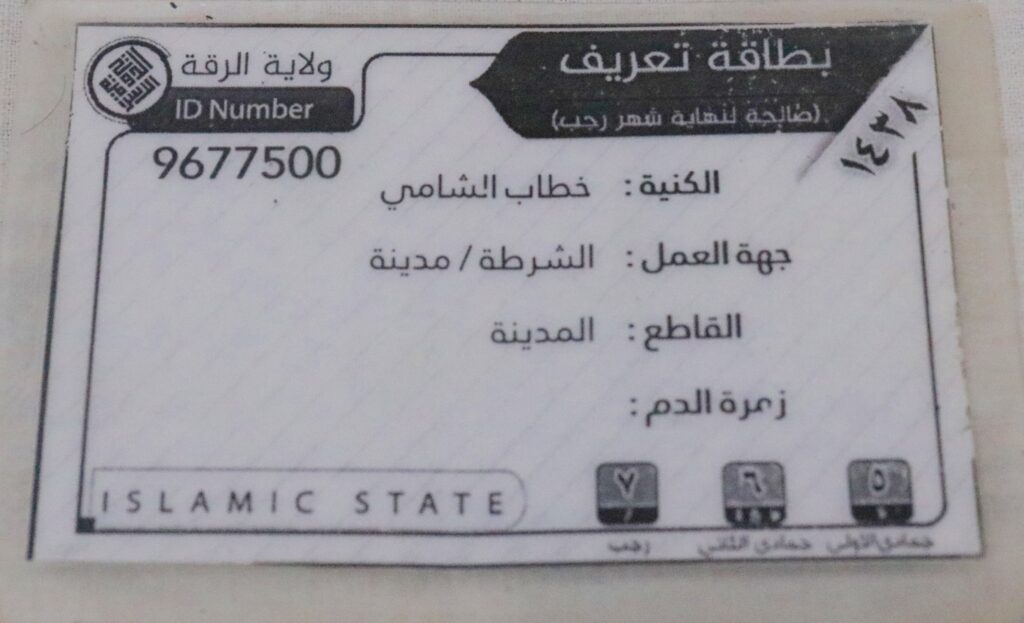
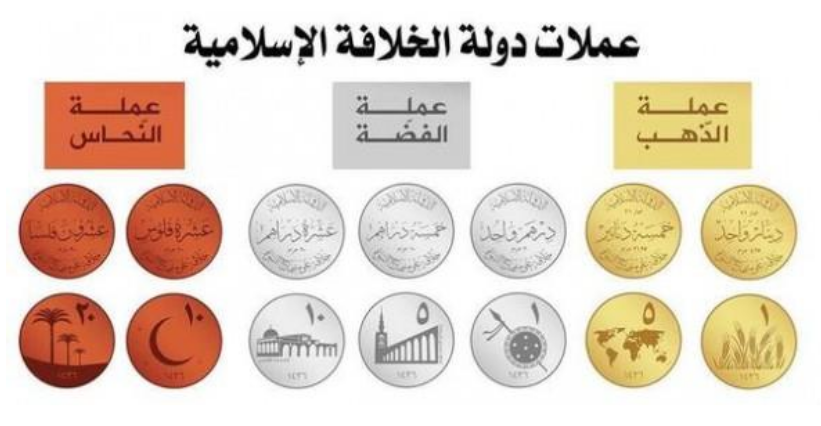
ISIS financed itself mostly by extraction from occupied areas; by black-market oil sales, collecting taxes, plundering, and taking ransoms in kidnappings. ISIS exported the oil from the oil fields it controlled and transported it to Turkey. Just in the year of 2014, ISIS made between 100 and 150 million dollars from oil sales taking place exclusively through Turkey. Besides this, ISIS monetized almost everything they conquered. They taxed each corn of wheat, each liter of milk and every fruit sold at markets under their control. From the money they acquired via agriculture alone, they gained hundreds of millions of dollars. The organization even started to print its own money and in 2016 began making its own gold, silver and copper coins.
Brutal violence and misogyny as methods of domination
ISIS ruled with intimidation, brutal violence and severe rules such as the prohibition of music and smoking; men were forbidden to shave their beards. People living in ISIS occupied areas were forced to gather in public places and watch beheadings. Heads were impaled on spikes in public squares. Stoning, amputation, crucifixion and burning people alive were forms of punishment.
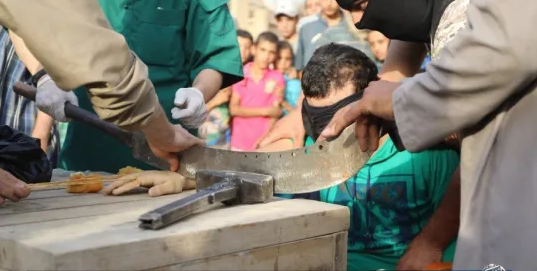
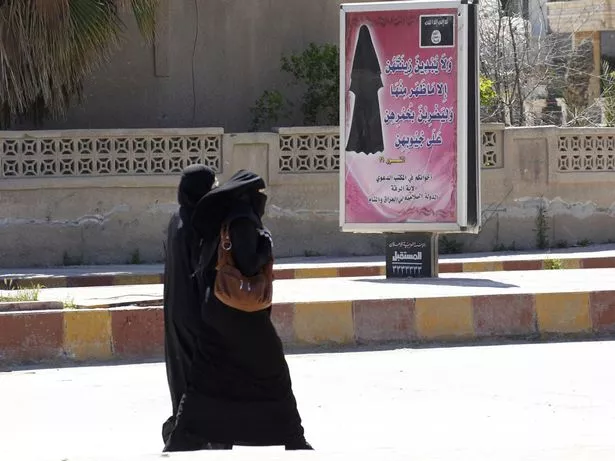
ISIS ideology is marked by an extreme misogyny that subjugates women to men in every area of life, pushing them almost exclusively into domestic roles. Women were seen as trophies as well as targets for persecution. Women living in ISIS territories were forbidden to leave their house without fully covering their bodies with a black niqab and being accompanied by a close male relative. To control the strict rules for women, the ‘morality police’ Hisbah patrolled the cities, stopping anybody who was seen to not be following religious rules properly. The main role of women was to give birth to as many children as possible in order to guarantee the future of the Islamic State. While women accused of alleged adultery were punished with flogging or stoned to death, polygamy was authorized for men. ISIS advocated that girls can be married before reaching puberty.
Under ISIS, men were permitted to own sex slaves. The organization created a slave system that trafficked and sold masses of women and girls into systematic rape, domestic servitude and torture. The so-called ‘ISIL Committee of Research and Fatwas‘ issued and distributed a document with questions and answers on taking captives and slaves, permitting that women can be bought, sold, and even given as gifts.
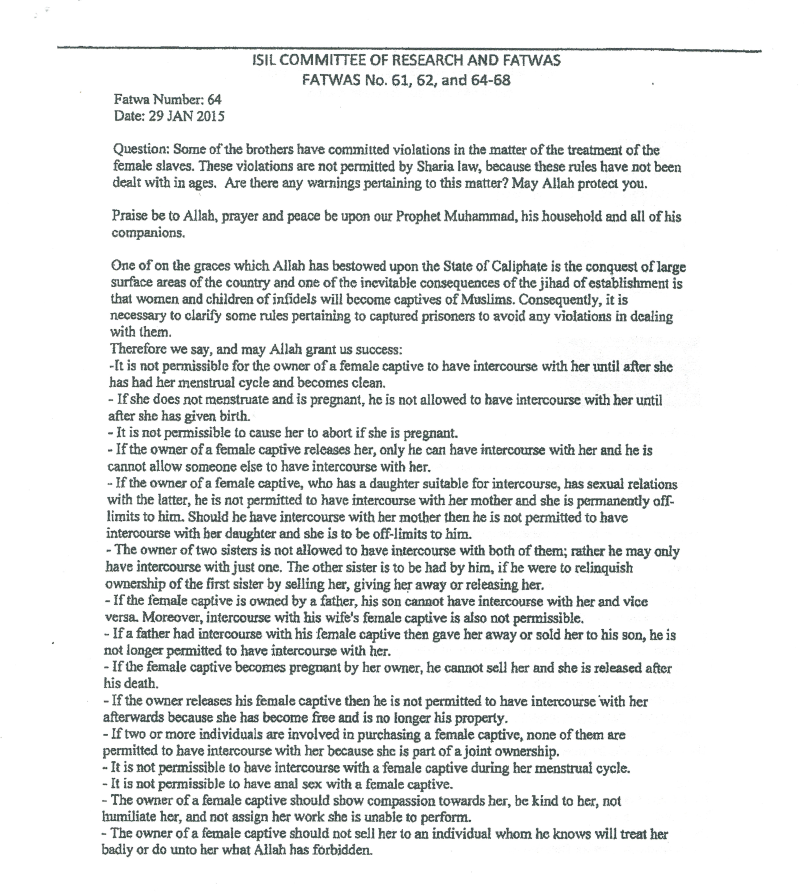
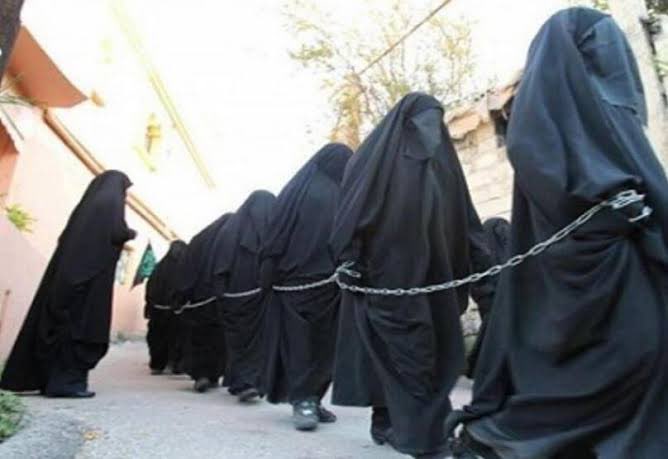
ISIS established markets where women and girls were sold, sometimes with price tags attached to their clothes. Most women subjected to these policies were Yazidis or Christians, but there was also a sizable number of Muslim women subjected to this torture. By October 2014, approximately five to seven thousand Yazidi women and children had been abducted to be sold in slave markets. Until now the whereabouts and fates of thousands of Yazidis who were kidnapped and sold into slavery remain unknown.
While women are targeted by the Islamic State, there are also women who play a vital role within the organization being perpetrators themselves. Women were teachers for the ideology, indoctrinating their children with ISIS ideology. They were engaged in carrying out torture, assisting men in enslaving and raping other women, undertaking recruitment tasks, working as part of the morality police under the Hisbah, and taking up arms. One tactic of the organization was to encourage women from around the world to travel to Syria in order to marry male ISIS members and help to create the next generation of Islamists. The children were then used as human shields as well as foot soldiers. They indoctrinate and militarily train children and young people in training camps. Some of them were sent to carry out suicide attacks or have been used in propaganda videos, where they have carried out executions.
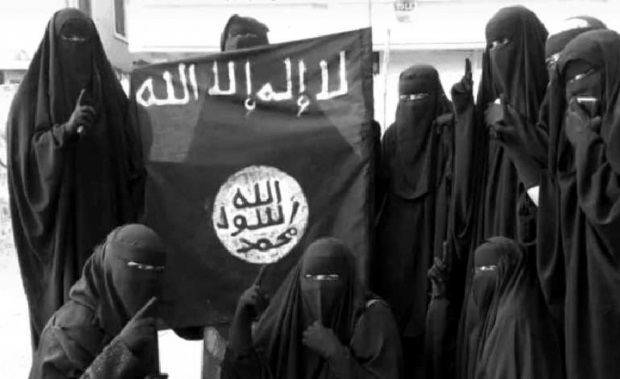
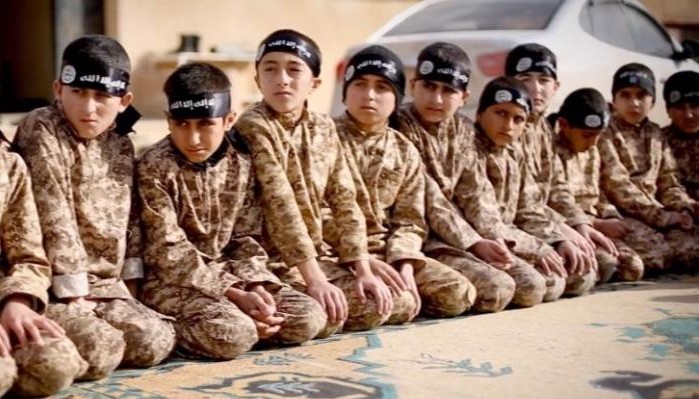
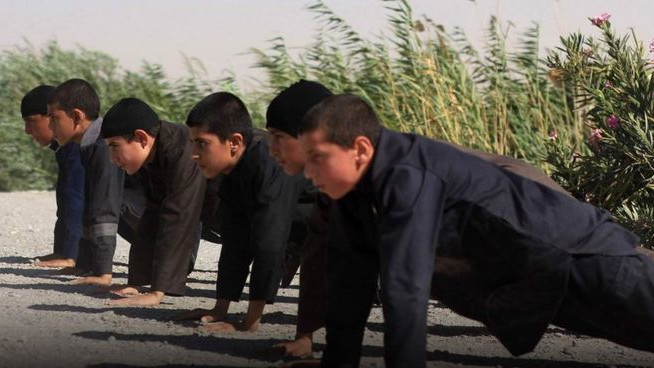
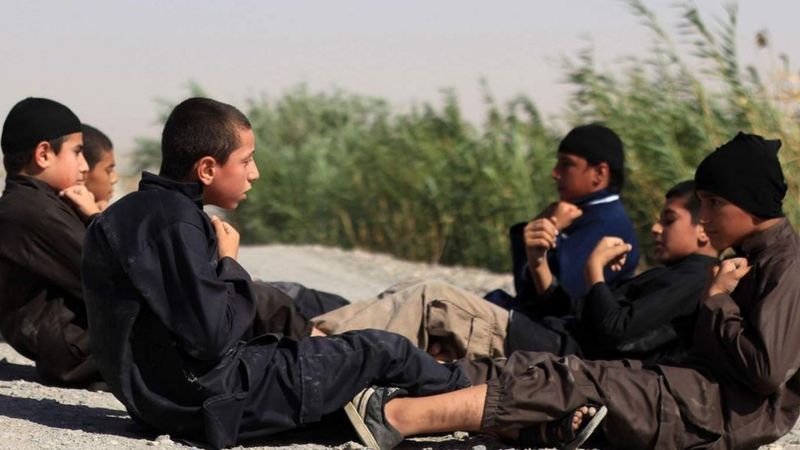
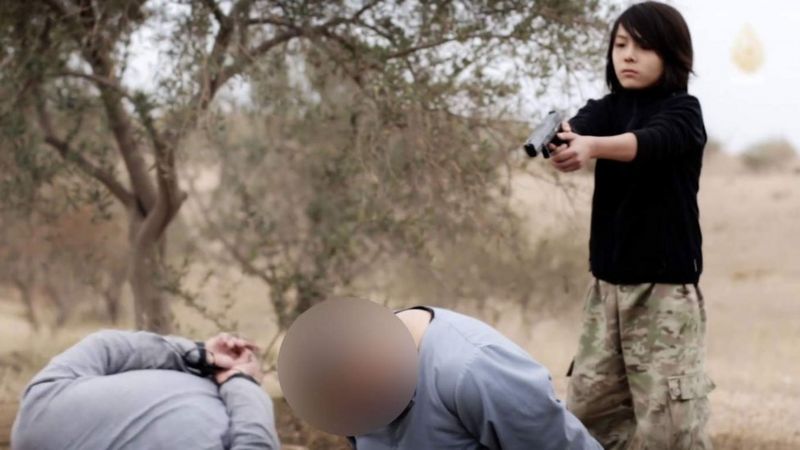
ISIS – a worldwide threat to humanity
ISIS used the internet to recruit new members internationally. People have traveled from an estimated 70 countries to join the organization. ISIS’s actions were not limited to Syria or Iraq but carried out in many countries around the world. The Suruç and Ankara bombings in Turkey in 2015, the Paris attacks in November 2015, the Brussels bombing in 2016, the Sri Lanka Easter bombings in 2019, or the Kabul airport attack in 2021 are just some examples of attacks that have led to thousands of deaths.
The threat of ISIS remains
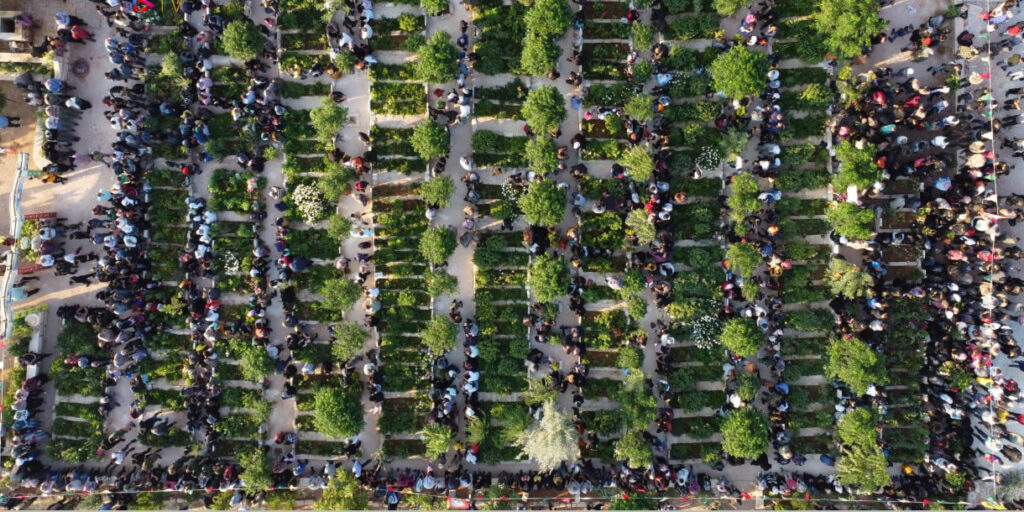
On March 23, 2019, the so-called ISIS ‘caliphate’ officially ended with the Battle of Baghuz. In our years of combating ISIS, our fighters of the YPJ/YPG and SDF turned themselves into a living shield and gave 12,397 martyrs to stop their tyranny from spreading across the world. An additional 4,200 of our fighters remain permanently disabled after being injured in the war.
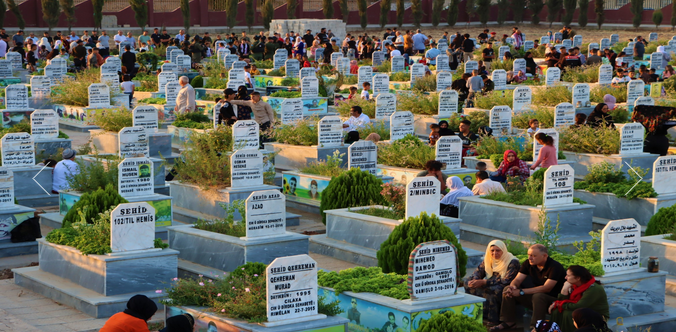
In Baghuz tens of thousands of Islamic State militants and their families surrendered themselves to the SDF. Among them, there were people from over fifty different countries who had traveled to Syria to join ISIS. The captured and surrendered ISIS members are kept in detention facilities and camps in North and East Syria. Until our calls to the international community in helping to facilitate such large numbers of high-risk detainees are answered, the people of North and East Syria – who have suffered the most under the cruelty of ISIS – will continue to carry this burden alone.
On January 20 2022, ISIS began a large-scale attack on the al-Sina’a prison in Haseke, to liberate their detained members. With the quick intervention of the SDF, it was possible to thwart the mass break-out attempt. 121 of our comrades were martyred in the battle. The ties between ISIS and Turkey became clear once again when a Turkish drone attacked reinforcement units coming from Til Temir, who were coming to help fight ISIS in Haseke. The day of the attack, January 20, is the same day that the Turkish state started its invasion of Afrin in 2018. This choice was not a coincidence and it is clear that Turkey actively aims to reactivate ISIS.
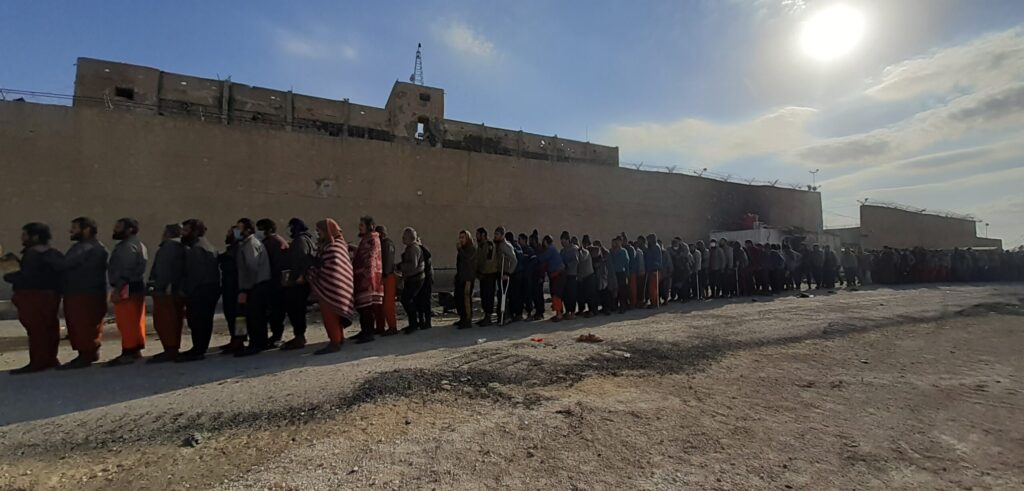
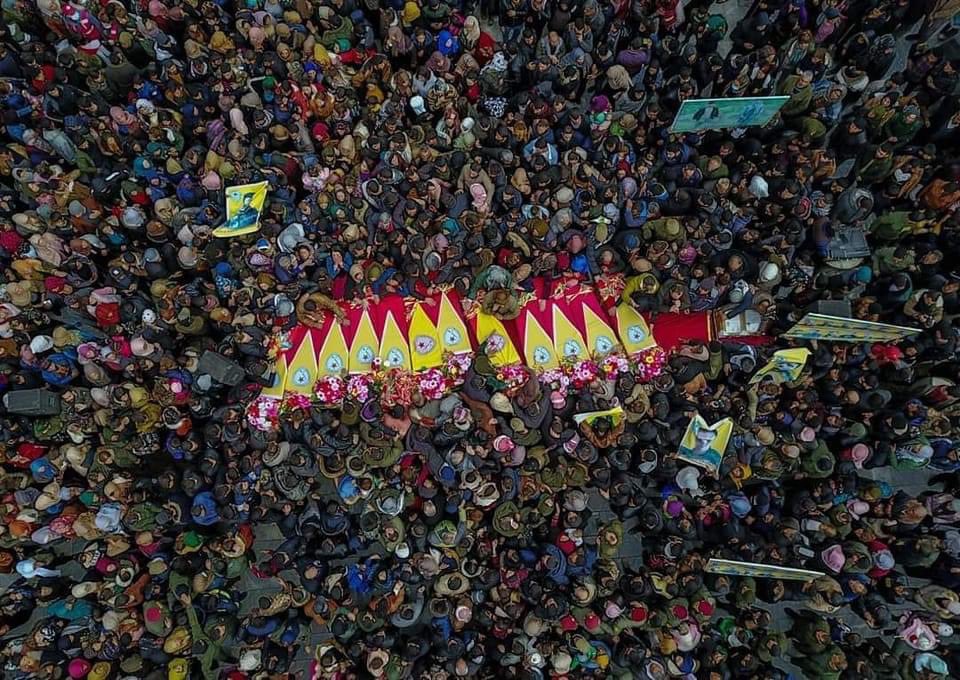
Attacks like the one in Haseke shows that despite losing its territories and power, ISIS is not over but is working on a resurgence. In particular the large camps where thousands of ISIS women and children are living, have turned into fertile grounds for the emergence of a new, even more radicalized generation of ISIS, who are preparing to rebuild the ‘caliphate’. To cover up the failure of their state-building project, ISIS is manipulating history. They are glorifying the time of their so-called caliphate with the aim to increase the commitment among their followers to retrieve the lost glory. Their motivation remains to follow their dream of a global caliphate and their members are willing to do everything to make this dream come true. Next to the many sleeper cell attacks and ongoing ISIS activity in the underground, the threat of ISIS lies in their barbaric and misogynist ideology.
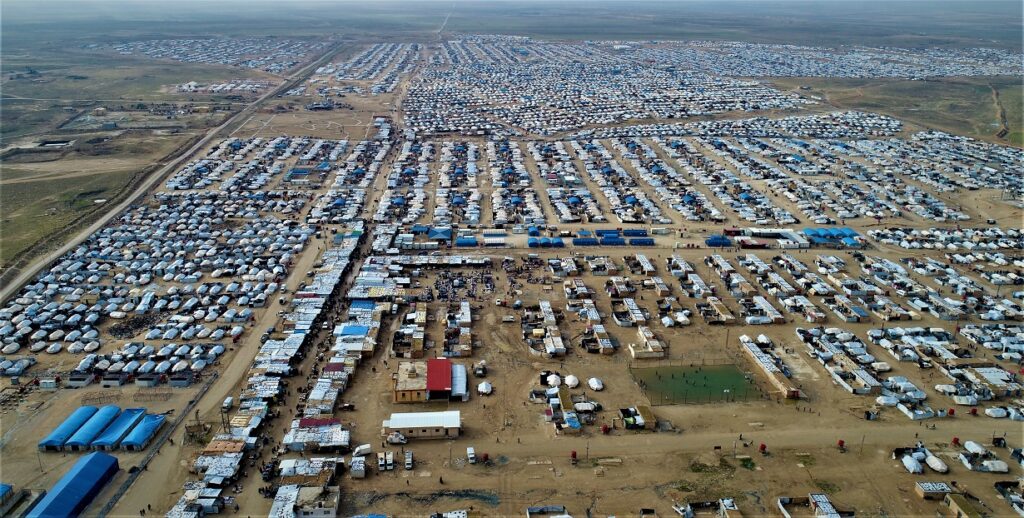
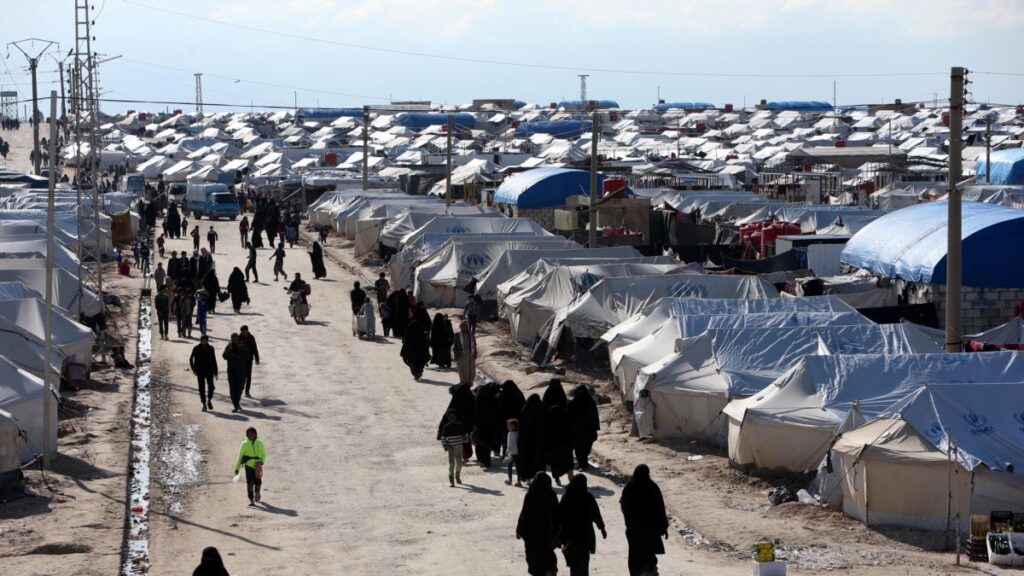
Only weapons can not defeat ISIS
As YPJ we will continue to fight ISIS. This means primarily to fight the ideology that underlies the organization. Analyzing the reality of ISIS, it becomes clear that this organization has nothing in common with the essence of Islam. Knowing about the importance of religion to the people of the Middle East, ISIS misused religion and instrumentalized it for their violent regime.
Our goal is a mental and intellectual liberation from the patriarchal fanatic mentality that ISIS as well as other actors in the world are spreading. We believe that the struggle of organized women will destroy what ISIS embodies. Only a democratic mentality that gives importance to women’s liberation can defeat this barbaric mentality. This is why we will do everything to protect the democratic project of the Autonomous Administration of North and East Syria. Therefore we give the promise to our martyrs and the women of the world to increase our struggle for women’s liberation and true democracy and ultimately end ISIS and its barbaric ideology.
